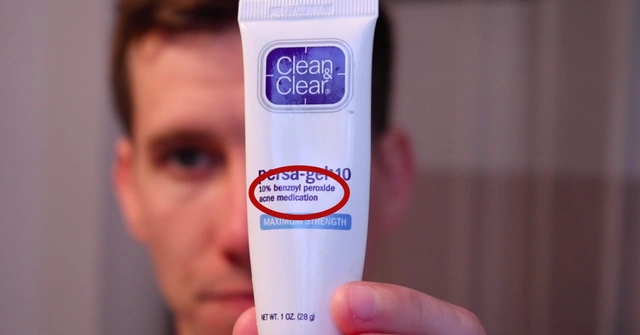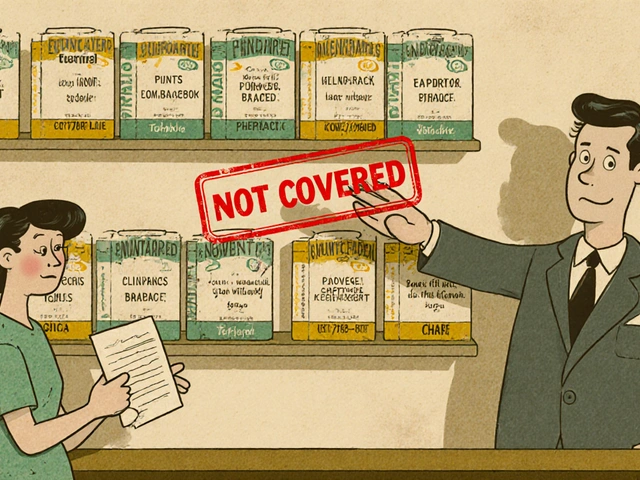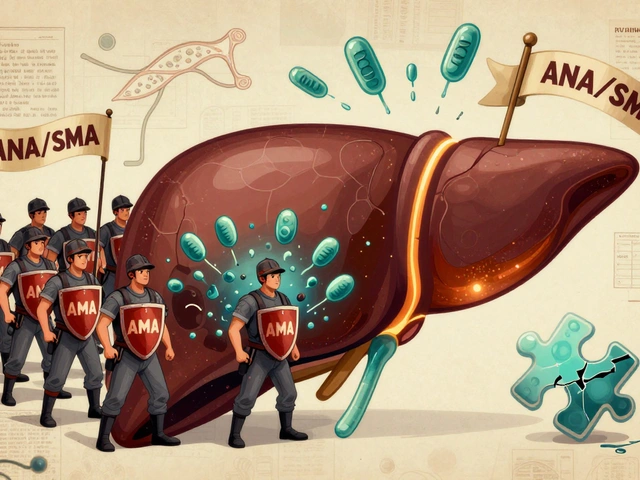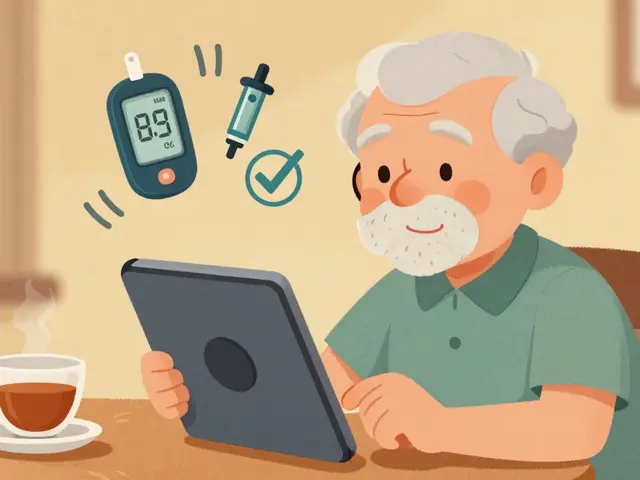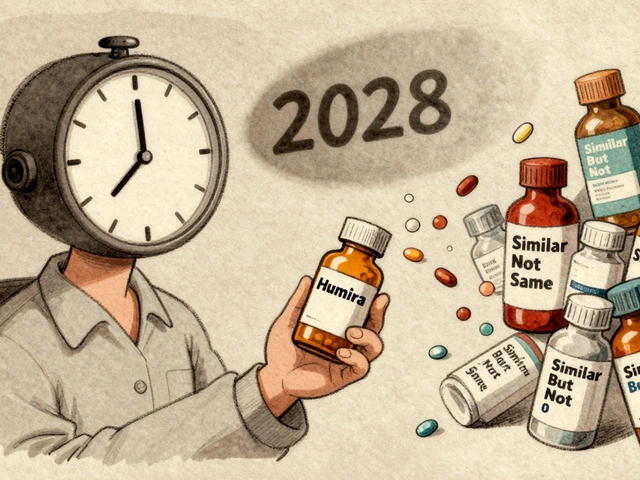OTC inhalers: practical guide to over-the-counter inhalers
Seeing "OTC inhaler" on a shelf? It can be confusing. Some inhalers are sold without a prescription in certain countries, usually for short-term relief of wheeze or bronchospasm. That doesn't mean they're a swap for medical care. Use this guide to figure out what OTC inhalers can do, where to buy them, safety checks, and when to see a doctor.
What types exist? Most OTC inhalers are rescue-type bronchodilators or saline-based products. Rescue inhalers open airways fast; older OTC options sometimes used epinephrine. Many modern fast-acting bronchodilators like albuterol still require a prescription in many places. Saline or moisturizing inhalers help clear mucus and soothe dry airways but don't treat asthma attacks. Know which category you're looking at before buying.
How do you use them safely? Read the label and follow directions exactly. Shake metered dose inhalers, prime new devices, and breathe out fully before taking a puff. If a spacer is available, use it — it helps deliver more medicine to your lungs. Track how often you use a rescue OTC inhaler: more than twice a week for symptoms means you should see a clinician. If the inhaler doesn't relieve severe shortness of breath, call emergency services.
Side effects can include jitters, fast heartbeat, headache, or tremor with bronchodilators. People with heart disease, high blood pressure, or certain thyroid issues should check with a doctor or pharmacist before using an OTC bronchodilator. Pregnant or breastfeeding people should get medical advice first. Saline inhalers have fewer risks but can still cause coughing or irritation in sensitive people.
Where to buy and what to check
Buy from a pharmacy or a reputable online seller. Check expiration dates, ensure the packaging is sealed, and avoid suspiciously cheap or unbranded products. If buying online, prefer verified pharmacies that show contact details and pharmacist access. Read reviews but prioritize clinical information and label directions over personal anecdotes.
When to see a doctor
Use OTC inhalers only for occasional, mild symptoms. See a doctor if you need the inhaler frequently, if symptoms get worse, or if you have nighttime coughing, exercise limits, or repeated infections. A clinician can test your lungs, confirm an asthma or COPD diagnosis, prescribe a controller medication if needed, and make a safe action plan. Don't ignore worsening breathing — early treatment prevents emergencies.
If you use other medications, check interactions and timing — some heart meds can worsen bronchodilator effects. Keep an inhaler card with active ingredient. For kids, ask a pediatrician before using any OTC inhaler; dosing and device size matter. If your healthcare plan covers controller meds, ask about prescription options that control symptoms rather than just relieve them. Stay prepared always.
Store inhalers at room temperature away from heat and cold, and check the dose counter if present. Keep a spare if you travel but replace it after the expiry date. Simple steps — reading labels, watching use, and talking with a professional — keep OTC inhalers helpful and safe.

Primatene Mist vs. OTC Inhaler Alternatives: Safety, FDA Status, and Proper Use
Curious about Primatene Mist and other over-the-counter inhalers? This article breaks down how these epinephrine inhalers work, which options the FDA allows, and the essential facts you need for safe use. Get the scoop on what makes these inhalers different from prescription options and what to consider before reaching for one yourself. Explore known benefits, real risks, and user tips—plus smart alternatives if you’re thinking beyond the pharmacy shelf. Whether you've recently spotted Primatene Mist at your local drugstore or are searching for a backup plan, you’ll find the facts and practical advice you actually need.
Read More
